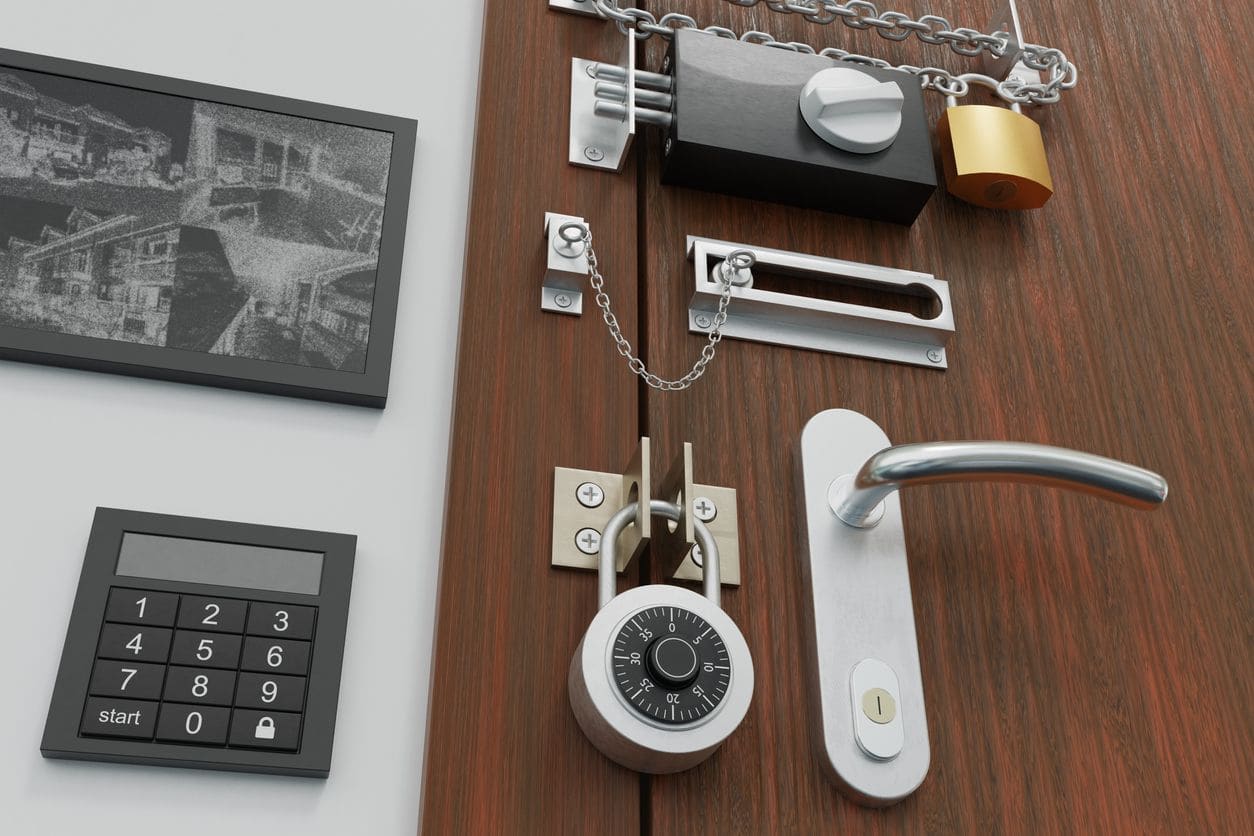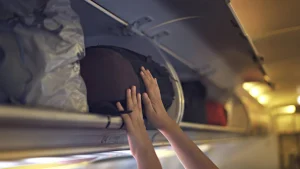Before John Meyer travels anywhere, he slips a small security device that looks like a two-way radio into his luggage. Recent reports of vacation rental owners spying on guests persuaded him to pay $199 for a “bug” detector that finds hidden cameras and microphones.
“I stay in a lot of Airbnbs,” says Meyer, a technology investor who lives in Los Angeles. “Unfortunately, this is the reality of the age we are living in. I’m proceeding with more caution, as it relates to my privacy.”
Security devices like Meyer’s bug detector can ease traveler concerns. Although he has not found a hidden camera or microphone — they are rare — he likes the peace of mind. Other popular portable gadgets include safety locks, alarms and smartphone apps. Should you pack one for your summer vacation? It depends.
If you’re worried about your privacy, you have a few choices. Meyer’s T-9 Specialty Bug Detector scans the room for frequencies between 50 MHz and 6 GHz and reveals hidden wireless cameras and microphones. You can also download an app for your smartphone, such as the Hidden Camera Detector, that uses your phone’s camera and flash to find possible hidden spy cameras in your rental. Here are some other such devices.
A personal alarm: That’s what Namita Kulkarni, a yoga teacher and frequent traveler, carries with her. Her device, a Vigilant 130db personal alarm, is worn as a small pendant. “When you’re traveling, you have to be alert and ready to respond if anything goes wrong in the spur of the moment,” says Kulkarni, who documents her solo trips on her blog, Radically Ever After. She says the most important lesson is how to silence the device. Her first personal alarm met an untimely demise when she couldn’t find the “off” switch after she triggered it by accident. She had to hold it underwater to make it stop.
A portable door lock: Security expert Robert Siciliano takes one on every trip. “Hotel locks can be compromised by the hotel staff and anyone with access to YouTube,” he says. He likes the simple Calslock portable door and travel lock, which works on inward-opening doors. A more expensive model puts a lock on the door lock, which can prevent your children, if you have children, from opening the door without your knowing about it.
A portable smoke and carbon monoxide detector: Sheryl Hill, the CEO of Depart Smart, a travel safety-preparedness company, remembers checking into a hotel in Cabo San Lucas, Mexico. It was a four-star resort that lacked an important safety feature: smoke alarms. “When I inquired with security, they said, ‘No worries, lady. We see smoke, we get you out,’ ”she says.”Fire safety is not a standard everywhere.” So she carries a Kidde battery-operated smoke and carbon monoxide detector with voice warning.
When it comes to apps and integrated security devices, there are almost too many options. For example, consider the danger of logging into an unsecured wireless network. For a problem like that, Adomas Baltagalvis likes Lookout Personal, a program that offers mobile security, identity protection and theft prevention.
“When you’re traveling actively and connect to dozens, if not hundreds, of WiFi spots each month, the app is super-valuable,” says Baltagalvis, the chief marketing officer for a technology company in Toronto. He also likes the app’s tracking feature, which gives him extra security in case the phone goes missing.
If you’re worried about losing your phone or mobile device, there’s Prey, an anti-theft program that tracks electronic devices. If someone steals your device and you report the theft, Prey locks on the device and transmits its location and other information that police can use to recover it.
For personal security, there’s also Silent Beacon, a wireless panic-button device that connects to your phone. When you push the panic button, it can simultaneously call emergency responders and alert up to six additional contacts with a text, an email and live tracking GPS information about your location. It works internationally, and you can program the device to call your home country’s embassy in an emergency. The device’s call and alert settings can be updated through the free Silent Beacon app, so travelers can easily customize their settings for an upcoming trip.
If you’re a cautious traveler, you might want to consider some of these devices. My favorite strategy is taking a more aggressive approach to travel safety. That includes thoroughly researching a destination or a hotel and maybe, just maybe, a little counter surveillance. I mean, why should those Airbnb hosts have all the fun?
I liked the idea behind the HD Mask, a high-resolution surveillance camera hidden inside a USB phone charger. You can record in a continuous loop or use motion detection to record when someone is in the room. So if your host makes an unscheduled visit to your quarters — gotcha! (Make sure you follow all state laws about surveillance before you use one of these gadgets. And remember to take it with you when you check out.)




